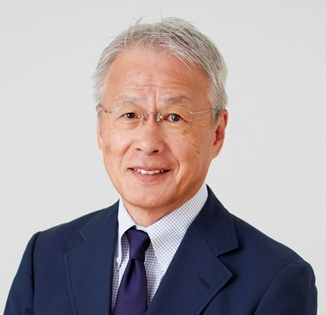
by Noriyuki Morimoto
All investments are made in something that has value to invest in; investing is to invest in the value of the target of investment. The price of an investment reflects its value, but is not the same as value. Prices fluctuate around the value of an asset while reflecting changes in value. This causes situations where an asset’s price falls below its value (i.e., undervaluation) or rises above its value (i.e., overvaluation). This distinction between value and price is critically important.
Risk is about changes in value, or, taken in a narrower sense, a loss of value. Damage to value is a true loss, a more common-sense definition of risk. Damage to value is only a possibility at the beginning of an investment, but when it becomes a reality, losses must always be recognized and some investment action must be taken. That is the discipline of investment.
Volatility is the fluctuation of prices. Price fluctuation can be the result of changes in value, but it can also occur randomly without any changes in value. Price volatility should be ignored as long as the value does not change. Clearly distinguishing between price declines caused by a fall in value and price declines caused by volatility, or in other words, recognizing the true loss due to damage to value, is the essence of investment.
While it is said that investments should be made from a long-term perspective, the true meaning of this is that one should not be misled by short-term volatility, but should respond immediately to the manifestation of risk, or loss of value, no matter how short-term.
[Category /Strategic Investment]

Chief Executive Officer, HC Asset Management Co.,Ltd. Noriyuki Morimoto founded HC Asset Management in November 2002. As a pioneer investment consultant in Japan, he established the investment consulting business of Watson Wyatt K.K. (now Willis Towers Watson) in 1990.

